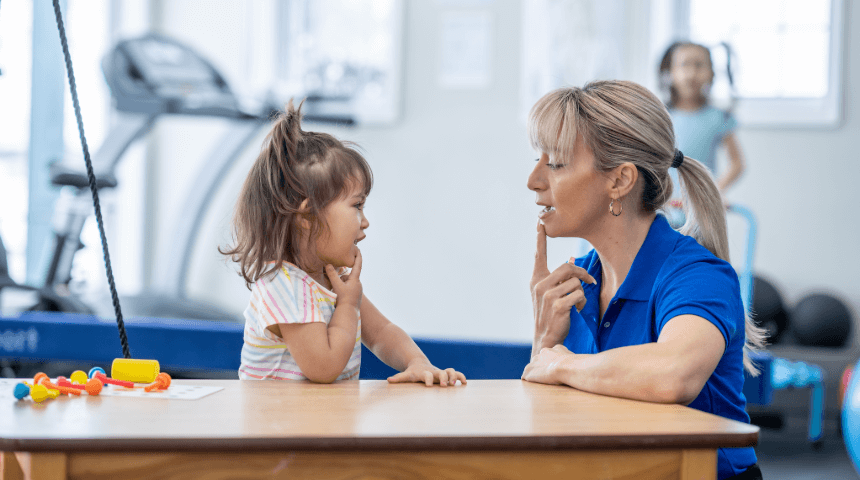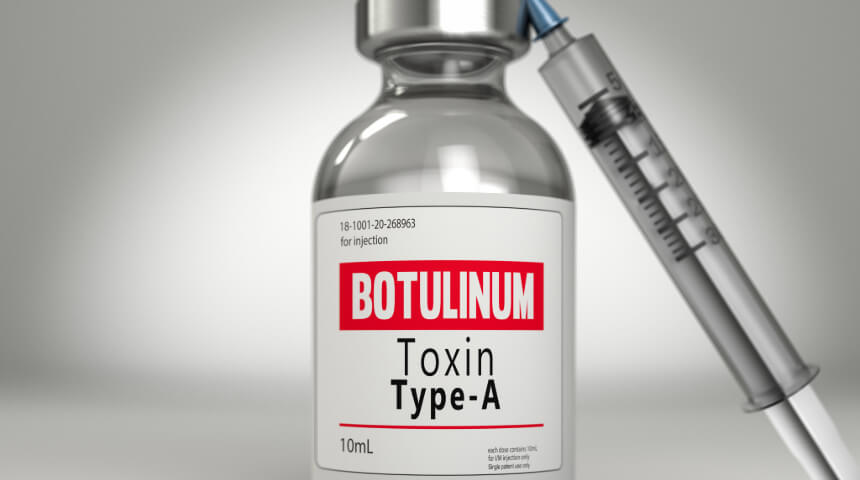Although certain foods can trigger migraines in adults, that is rarely the case for children. But food does play a significant role in preventing children’s migraines.
What Is a Migraine?
A migraine is not just a bad headache. It’s a disabling neurological disease with different symptoms and treatment approaches from other headache disorders, and it has no cure. About 7 million children in the United States live with migraines.
Migraines can cause severe throbbing pain or pulsing sensations, usually on one side of the head, and often are accompanied by nausea, vomiting and extreme sensitivity to light and sound. Migraine attacks can last for hours to days, and the pain can be so bad that it interferes with daily activities.
Some children have migraines with an aura, which is a warning symptom. The most common type of aura is visual, such as flashes of light, blind spots, shapes or bright spots. An aura also can cause tingling on one side of the face or in an arm or leg and difficulty speaking.
Causes of Migraines
A combination of environmental and genetic factors determine how frequent and intense your child’s migraines will be. Many children have a family history of migraines. If your child has such a genetic predisposition, a migraine can occur when the body is unwell. There are many triggers and lifestyle factors that promote migraines:
- Not eating enough
- Lack of sleep
- Heat
- Dehydration
- Lack of regular exercise
- Too much screen time
- Bright lights
- Stress
- Stooped posture (which produces neck muscle strain)
Pain, sleep and stress are all connected. Children living with migraines are more likely to experience sleep disorders than their peers. And, unfortunately, a lack of sleep is a trigger for a migraine. Children who are experiencing stress usually have their sleep interrupted or are stressed because they cannot sleep. So, being able to sleep for the recommended 8 to 10 hours a night is critical for a child suffering from migraines. Sleep also is a key factor in getting better when a child has a migraine.
Preventing Migraines Through Diet
Fortunately, there are some things you can do to help your child prevent migraines. In addition to avoiding the known triggers listed above, what your child eats can affect how often their debilitating head pain occurs.
To create a healthy nutritional plan for your child, you should follow the USDA’s Dietary Guidelines. At MyPlate.gov, you can learn how to best use the five food groups to your child’s advantage. Using the visual of a physical plate, you should aim to make:
- Half of the plate fruits and vegetables
- One quarter of the plate grains (and half of those should be whole grains)
- One quarter of the plate protein
- Have a separate serving of nonfat or low-fat dairy
In addition, there is evidence that reducing carbohydrates (sugars) improves brain function (and migraines), so parents may choose to limit them in their children’s diets. Plus, eating excess carbs is linked to obesity, which has been shown to increase the frequency of migraines.
You also should take into consideration which foods are known to increase and decrease inflammation, and help your child learn to make good choices. Here is a primer on how to get started making these dietary changes, which can benefit the whole family.
Finally, some spices, such as ginger, garlic and turmeric, have a positive effect on reducing the number of migraines a child has.
Helping Your Child During a Migraine
When your child has a migraine, your focus should be on getting relief. Early intervention has been proven to be the most effective. To best help your child, you should have a treatment plan that you have developed with your child’s doctor. This will allow you to work through familiar steps without delay.
Typically, the first recommendation is to have your child rest in a place away from bright lights and noise. Then, encourage drinking fluids slowly to avoid dehydration. Your child probably is feeling nauseated so avoid large amounts of liquid to prevent throwing up and making your child feel terrible,
Migraines sometimes can last days, but you should not force your child to eat. Although a lack of regular nutrition in your child’s everyday life can trigger migraines, not eating during a migraine will not make the pain worse and it could make your child vomit.
Another important component of your child’s treatment plan is rescue medications, depending on age and medical history. And a plan on when to visit ER for early relief should be in place in consultation with your doctor.
Learn More About Pediatric Epilepsy Care
With the pediatric epilepsy team at our hospital, you have a partner who provides advanced solutions to control seizures and the side effects of epilepsy.
Learn More Here










